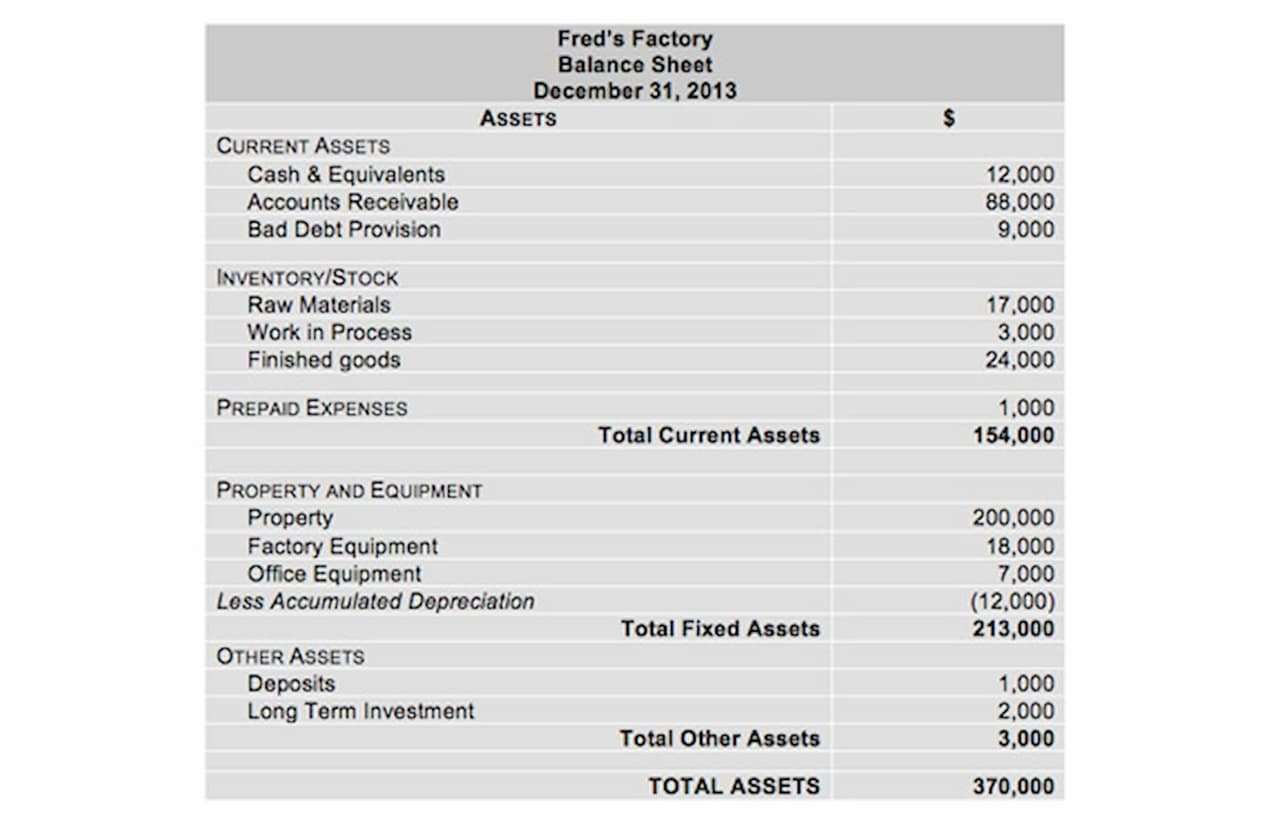
Determine the present value of all the cash flows if the relevant discount rate is 6%. Treasury bonds, which are considered virtually risk-free because they are backed by the U.S. government. The discount rate is highly subjective because it’s the rate of return you might expect to receive if you invested today’s dollars for a period of time, which can only be estimated. The word “discount” refers to future value being discounted back to present value.

Internal Rate of Return (IRR) and NPV

For example, how much would you be willing to pay today for the promise of $1,100 in one year? Using the same required rate of return, 10%, we can calculate that the value of that investment today is $1,000. Present value (PV) is the current value of an expected future stream of cash flow. It is based on the concept of the time value of money, which states that a dollar today is worth more than it is tomorrow.
Present Value of a Growing Annuity (g ≠ i)
- One drawback of this method is that it fails to account for the time value of money.
- Let’s use the Present Value (PV) calculation to record an accounting transaction.
- So it’s the value of future expectations or future cash flow, expressed in today’s terms.
- In other words, you “earn interest on interest.” The compounding of interest can be very significant when the interest rate and/or the number of years is sizeable.
How about if Option A requires an initial investment of $1 million, while Option B will only cost $10? This concept is the basis for the net present value rule, which says that https://techmag.tv/2020/11/20/far-cpa-practice-questions-explained-converting-2/ only investments with a positive NPV should be considered. To sum up, the concept of present value can play a major role in shaping a company’s CSR initiatives, helping it to balance immediate expenses with long-term sustainability and stakeholder value.

How to Calculate NPV Using Excel
- To calculate Present Value in real life, you need to know the future cash flows of an investment and the Discount Rate, which represents your opportunity cost or expected annualized return.
- So let’s go ahead now and step things up just a little bit by considering the case with multiple cash flows.
- In contrast, current payments have more value because they can be invested in the meantime.
- In just a few minutes, you’ll have a quote that reflects the impact of time, interest rates and market value.
- Net Present Value (NPV) is a financial metric that assesses the profitability of an investment by comparing the present value of expected future cash flows to the initial investment.
- The core premise of the present value theory is based on the time value of money (TVM), which states that a dollar today is worth more than a dollar received in the future.
The loan is a ten-year note, so we need to figure out what the present value of a $150,000 lump sum is ten years from now. Depending on Mr. A Financial condition, risk capacity decisions can be made. While a conservative investor prefers Option A or B, an aggressive investor will select Option C if he is ready and has the financial capacity to bear the risk. The interest rate available on a specific investment, Travel Agency Accounting which he is interested in, is 4% per annum. Outside of company valuation, Present Value is widely used in fields such as real estate and fixed-income (bond) analysis. So, let’s say you expect a cash inflow of $10,000 five years from now and use a Discount Rate of 8% to represent the risk and opportunity cost.
- They can receive a smaller lump sum today or they can receive the full amount of winnings in equal payments for the rest of their lives.
- We’ll calculate the yield to maturity (YTM) using the “RATE” Excel function in the final step.
- Present value uses the time value of money to discount future amounts of money or cash flows to what they are worth today.
- This introduces an element of risk and potential incorrect valuation when using the present value formula.
- The formula used to calculate the present value (PV) divides the future value of a future cash flow by one plus the discount rate raised to the number of periods, as shown below.
Interest Rate
The present value is the amount of money borrowed for a loan or the amount of money invested for an investment at the start of the term. The present value is the amount at some earlier point in time than when the future value is present value equation known, and so excludes the future interest. You normally measure the company’s annual stock returns/volatility, interest expense, and other factors to estimate how much an investment in the company might return, on average, over the long term. To calculate the Net Present Value instead, you must enter a negative cash flow in the beginning to represent the upfront purchase price or subtract the upfront price manually in the formula.

